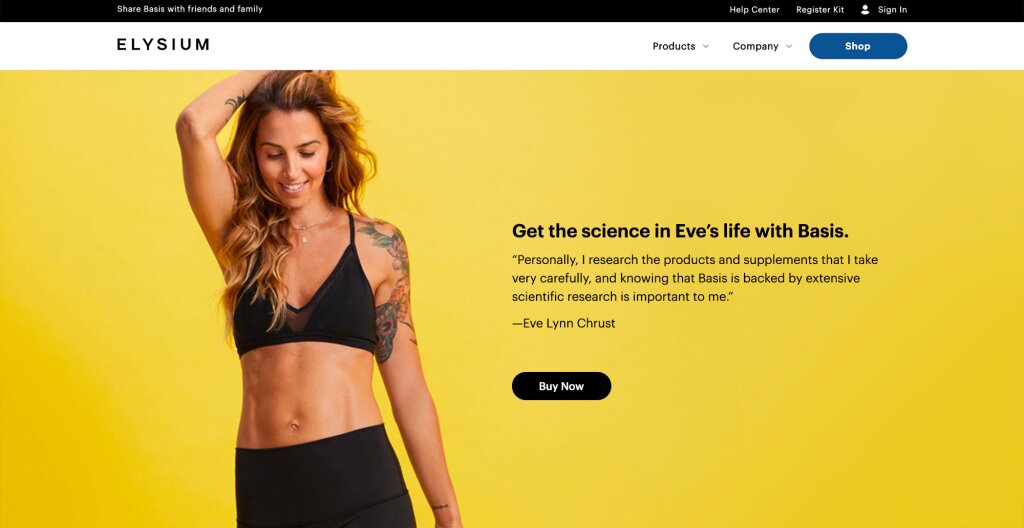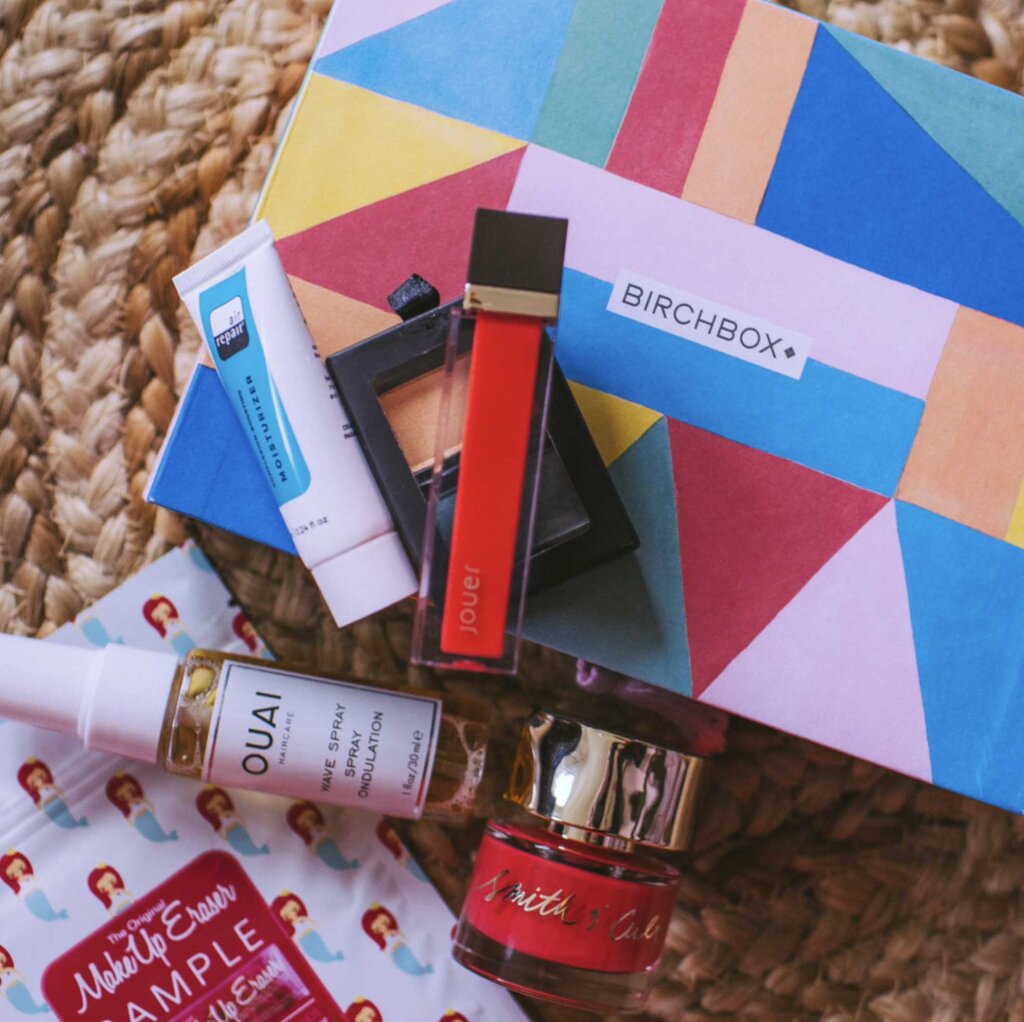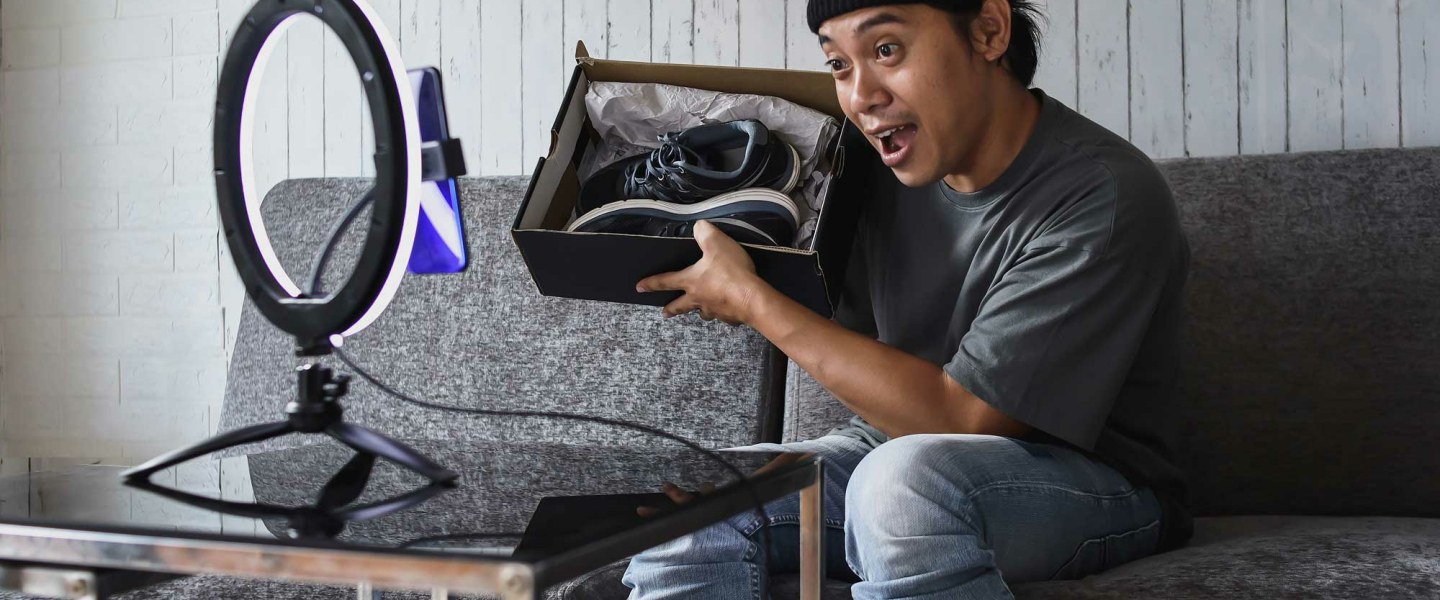Commissioning UGC as part of an influencers engagement can lead to quality outputs with greater efficiencies and faster time-to-market.
The New Definition of UGC
UGC, as we understand it today, goes beyond mere user reviews or comments. These are assets that brands commission, often involving influencers or content creators. While these assets might find their way to the creator’s social accounts, their true potential is unlocked when brands utilize them for their marketing campaigns. This includes paid social media advertisements, landing pages, organic social posts, and more.

Diverse Forms of UGC
While influencer testimonials remain a popular form of UGC, the scope has broadened. Brands now commission lifestyle videos, product photography, B-roll footage, and other content forms that resonate with their target audience. This diversity allows brands to cater to the varied content needs of modern marketers.

Why UGC is a Game-Changer for Brands
Speed and Efficiency: In a fast-paced digital world, brands need to produce content rapidly. UGC allows brands to quickly generate premium content without the lengthy production timelines of traditional methods.
Authenticity and Trust: Content produced by real users or influencers often carries more weight than brand-produced advertisements. It feels genuine, leading to increased trust and engagement from the audience.
Cost-Effective: Commissioning UGC can often be more cost-effective than producing content in-house or through agencies. This is especially true when the content can be repurposed across multiple platforms.
Enhanced Engagement: UGC, especially when it involves influencers or popular content creators, can lead to higher engagement rates. Their followers are more likely to interact with content that feels personal and relatable.
The Synergy Between UGC and Influencer Marketing in the Age of Declining Organic Reach
The digital landscape has seen a significant shift in recent years. Organic reach, once the backbone of brand visibility on platforms like Meta, TikTok, and YouTube, has been dwindling. These platforms have recalibrated their algorithms, prioritizing user experience over brand exposure. The reason is twofold: to enhance user engagement and to incentivize brands to invest in paid media rather than benefiting as freeloading consumers.
In this changing scenario, the synergy between UGC and influencer marketing becomes even more crucial. Here's why:
Bypassing the Algorithm: Influencers, with their personal touch and engaged follower base, often have better organic reach than brands. Their content is seen as more authentic and engaging, allowing it to bypass the restrictive algorithms to some extent.
Cost-Effective Media Strategy: While paid promotions are effective, they can be costly. UGC, especially when created by influencers, offers a more cost-effective way for brands to get their message across. It combines the authenticity of organic content with the reach of an influencer's follower base.
Enhanced User Engagement: As platforms prioritize user experience, content that resonates and engages becomes paramount. Influencers, with their deep understanding of their audience, can create UGC that aligns with both the brand's message and the audience's preferences.
Building Trust in a Skeptical Environment: With brands flooding social feeds with promotions, users have become more skeptical of branded content. UGC, especially when it comes from a trusted influencer, can bridge this trust gap. It feels less like an advertisement and more like a genuine recommendation.
Diverse Content for Multiple Platforms: Each social platform has its unique audience and content style. Influencers, often active on multiple platforms, can tailor UGC to suit the specific nuances of each platform, ensuring maximum engagement.
As organic reach becomes a tougher game for brands, the combined power of UGC and influencer marketing offers a beacon of hope. It's a strategy that aligns with the evolving priorities of social platforms while ensuring that brands can effectively engage their target audience.
Navigating the New Digital Landscape with UGC and Influencer Marketing
The digital realm is in a state of flux, with platforms constantly adjusting their algorithms and priorities. For brands, the challenge is not just to keep up, but to stay ahead. As organic reach becomes increasingly elusive, the strategic combination of UGC and influencer marketing emerges as a potent solution. This synergy offers brands the authenticity and engagement they need, while also providing a cost-effective way to navigate the challenges posed by major social platforms. In this ever-shifting landscape, brands that harness the power of both UGC and influencer collaborations will find themselves better positioned to connect with their audiences and achieve their marketing objectives.
